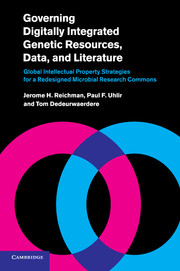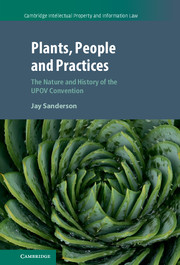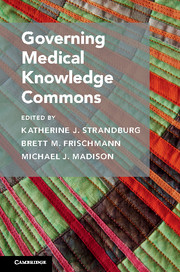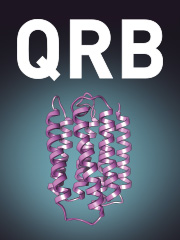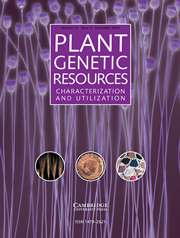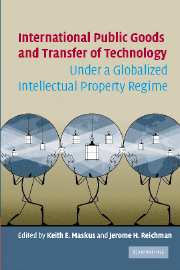Governing Digitally Integrated Genetic Resources, Data, and Literature
The free exchange of microbial genetic information is an established public good, facilitating research on medicines, agriculture, and climate change. However, over the past quarter-century, access to genetic resources has been hindered by intellectual property claims from developed countries under the World Trade Organization's TRIPS Agreement (1994) and by claims of sovereign rights from developing countries under the Convention on Biological Diversity (CBD) (1992). In this volume, the authors examine the scientific community's responses to these obstacles and advise policymakers on how to harness provisions of the Nagoya Protocol (2010) that allow multilateral measures to support research. By pooling microbial materials, data, and literature in a carefully designed transnational e-infrastructure, the scientific community can facilitate access to essential research assets while simultaneously reinforcing the open access movement. The original empirical surveys of responses to the CBD included here provide a valuable addition to the literature on governing scientific knowledge commons.
- Proposes new governance strategies for science commons management based on an empirical survey of major initiatives in microbiology and related fields
- Includes detailed legal analysis of regulatory regimes that disrupt scientific research, including copyright and database protection laws
- Explains why US scientists and industry must respect the Convention on Biological Diversity, whether or not the US joins the treaty
Product details
May 2016Adobe eBook Reader
9781316382790
0 pages
0kg
3 b/w illus. 21 tables
This ISBN is for an eBook version which is distributed on our behalf by a third party.
Table of Contents
- 1. Uncertain legal status of microbial genetic resources in a conflicted geopolitical environment
- Part I. International Regulation of Genetic Resources and the Assault on Scientific Research:
- 2. Between public and private goods: emergence of the transnational research commons for plant and microbial genetic resources
- 3. Tightening the regulatory grip: from the convention on biological diversity in 1992 to the Nagoya protocol in 2010
- Part II. Preserving the Public Research Functions of Microbial Genetic Resources After the Nagoya Protocol:
- 4. The existing microbial research commons confronts proprietary obstacles
- 5. Facilitating transnational exchanges of genetic resources within a redesigned microbial research infrastructure
- Part III. A Digitally Integrated Infrastructure for Microbial Data and Information:
- 6. Legal and institutional obstacles impeding access to and use of scientific literature and data
- 7. Enabling the microbial research community to control its own scholarly publications
- 8. Fully exploiting data-intensive research opportunities in the networked environment
- Part IV. Governing Public Knowledge Assets within a Redesigned Microbial Research Commons:
- 9. Institutional models for a transnational research commons
- 10. Governing digitally integrated genetic resources, data, and literature.

